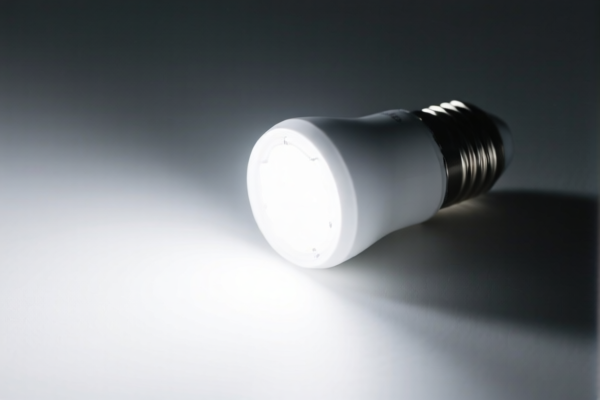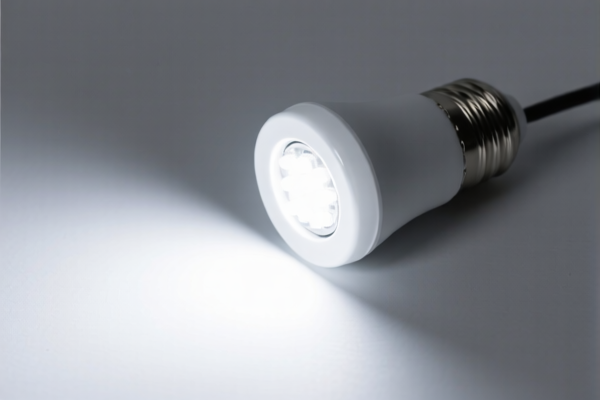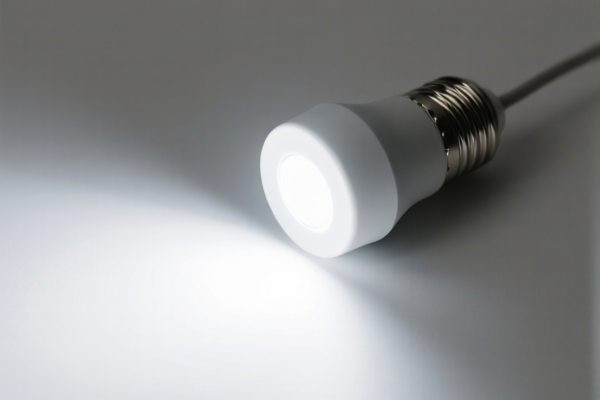| HS Code | Official Doc | Tariff Rate | Origin | Destination | Effective Date |
|---|---|---|---|---|---|
| 8517690000 | Doc | 55.0% | CN | US | 2025-05-12 |
| 8517620090 | Doc | 20.0% | CN | US | 2025-05-12 |
| 8528690500 | Doc | 55.0% | CN | US | 2025-05-12 |
| 8528692500 | Doc | 41.4% | CN | US | 2025-05-12 |
| 8529900400 | Doc | 55.0% | CN | US | 2025-05-12 |
| 8529903900 | Doc | 55.0% | CN | US | 2025-05-12 |
| 8512902000 | Doc | 57.5% | CN | US | 2025-05-12 |
| 8512906000 | Doc | 55.0% | CN | US | 2025-05-12 |
| 8539510000 | Doc | 55.0% | CN | US | 2025-05-12 |
| 8539520091 | Doc | 32.0% | CN | US | 2025-05-12 |
| 9006690150 | Doc | 30.0% | CN | US | 2025-05-12 |
| 8310000000 | Doc | 55.0% | CN | US | 2025-05-12 |
| 9405416000 | Doc | 61.0% | CN | US | 2025-05-12 |
| 9405418200 | Doc | 55.0% | CN | US | 2025-05-12 |
| 9008504000 | Doc | 34.6% | CN | US | 2025-05-12 |
| 9031499000 | Doc | 55.0% | CN | US | 2025-05-12 |




LED Projector Lamp
An LED projector lamp is a light source used in projectors to generate the image displayed. It has largely replaced traditional lamp technologies like UHP (Ultra High Performance) and halogen due to its advantages in longevity, efficiency, and color reproduction.
Material
The core component is the LED (Light Emitting Diode) itself, typically composed of semiconductor materials like gallium arsenide phosphide (GaAsP) or indium gallium nitride (InGaN). These materials emit light when an electric current passes through them. The LED chip is mounted on a heat sink, usually made of aluminum or copper, to dissipate heat generated during operation. The lamp assembly also includes a lens or optical system to focus and direct the light, and a driver circuit to regulate power and control brightness. Finally, a protective housing, often plastic or metal, encases the components.
Purpose
The primary purpose of an LED projector lamp is to provide the illumination necessary for creating a visible image on a projection screen or surface. Unlike traditional lamps, LEDs produce light in specific wavelengths, allowing for a wider color gamut and more accurate color representation.
Function
LED projector lamps function by converting electrical energy into light. The driver circuit supplies a controlled current to the LED chip. This causes the semiconductor material to emit photons, generating light. The intensity of the light, and therefore the brightness of the projected image, is controlled by adjusting the current supplied to the LED. The heat sink manages the thermal output of the LED to prevent overheating and ensure stable operation.
Usage Scenarios
LED projector lamps are used in a wide range of applications:
- Home Entertainment: Projecting movies, TV shows, and video games onto a large screen.
- Business Presentations: Displaying presentations, charts, and data in meeting rooms and conference halls.
- Education: Presenting lessons, videos, and interactive content in classrooms.
- Portable Projectors: Used in compact, battery-powered projectors for on-the-go presentations or entertainment.
- Digital Signage: Displaying advertisements and information in public spaces.
Common Types
While all LED projector lamps utilize LED technology, variations exist based on performance and application:
- Single-Chip LED Projectors: Utilize a single LED chip, often combined with a color wheel to generate full-color images. Generally more affordable but may exhibit "rainbow effect" (color separation artifacts).
- Three-Chip LED Projectors: Employ three separate LED chips (red, green, and blue) to produce a wider color gamut and more accurate colors. More expensive but offer superior image quality.
- RGB Laser Phosphor Projectors: While technically using a laser source, these often fall into the same category as LED projectors due to their similar characteristics (long life, high efficiency). They use lasers to excite a phosphor wheel which generates the red, green, and blue light.
- Chip Size & Wattage: Variations in the size and power of the LED chip affect brightness and overall lamp performance. Higher wattage LEDs generally produce brighter images.
The declared goods are LED projector lamps, which are light sources designed for use in projectors. They function as the illumination component within a projection system, converting electrical energy into visible light to display images. They are commonly used in home theaters, classrooms, conference rooms, and other settings requiring image projection.
Here are the relevant HS codes based on the provided reference material:
-
8539.51.00.00: Electrical filament or discharge lamps, including sealed beam lamp units and ultraviolet or infrared lamps; arc lamps; light-emitting diode (LED) light sources; parts thereof: Light-emitting diode (LED) light sources: Light-emitting diode (LED) modules. This code specifically covers LED modules, which are a component of LED lamps and could apply if the item is sold as a module.
- 85: Electrical machinery and equipment and parts thereof.
- 39: Electrical filament or discharge lamps, including sealed beam lamp units and ultraviolet or infrared lamps; arc lamps; light-emitting diode (LED) light sources; parts thereof.
- 51: Light-emitting diode (LED) light sources.
- 00: Light-emitting diode (LED) modules.
-
8539.52.00.91: Electrical filament or discharge lamps, including sealed beam lamp units and ultraviolet or infrared lamps; arc lamps; light-emitting diode (LED) light sources; parts thereof: Light-emitting diode (LED) light sources: Light-emitting diode (LED) lamps Other. This code covers LED lamps, and applies if the item is sold as a complete lamp unit.
- 85: Electrical machinery and equipment and parts thereof.
- 39: Electrical filament or discharge lamps, including sealed beam lamp units and ultraviolet or infrared lamps; arc lamps; light-emitting diode (LED) light sources; parts thereof.
- 52: Light-emitting diode (LED) light sources.
- 00: Light-emitting diode (LED) lamps.
- 91: Other.
-
9008.50.40.00: Image projectors, other than cinematographic; photographic (other than cinematographic) enlargers and reducers; parts and accessories thereof: Projectors, enlargers and reducers: Other image projectors. This code could apply if the LED lamp is integrated into a complete projector unit.
- 90: Optical, photographic, cinematographic, measuring, checking, precision, medical or surgical instruments and apparatus; clocks and watches; musical instruments; parts and accessories thereof.
- 08: Image projectors, other than cinematographic; photographic (other than cinematographic) enlargers and reducers; parts and accessories thereof.
- 50: Projectors, enlargers and reducers.
- 40: Other image projectors.
Regarding HS code 8539.51.00.00 and 8539.52.00.91, a tariff of 25.0% is applied as a base rate, increasing to 30.0% after April 2, 2025.
Customer Reviews
No reviews yet.